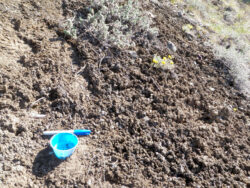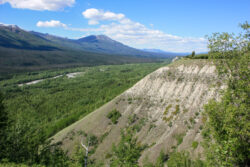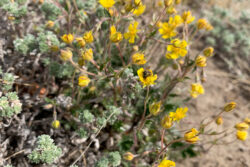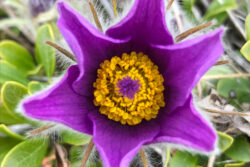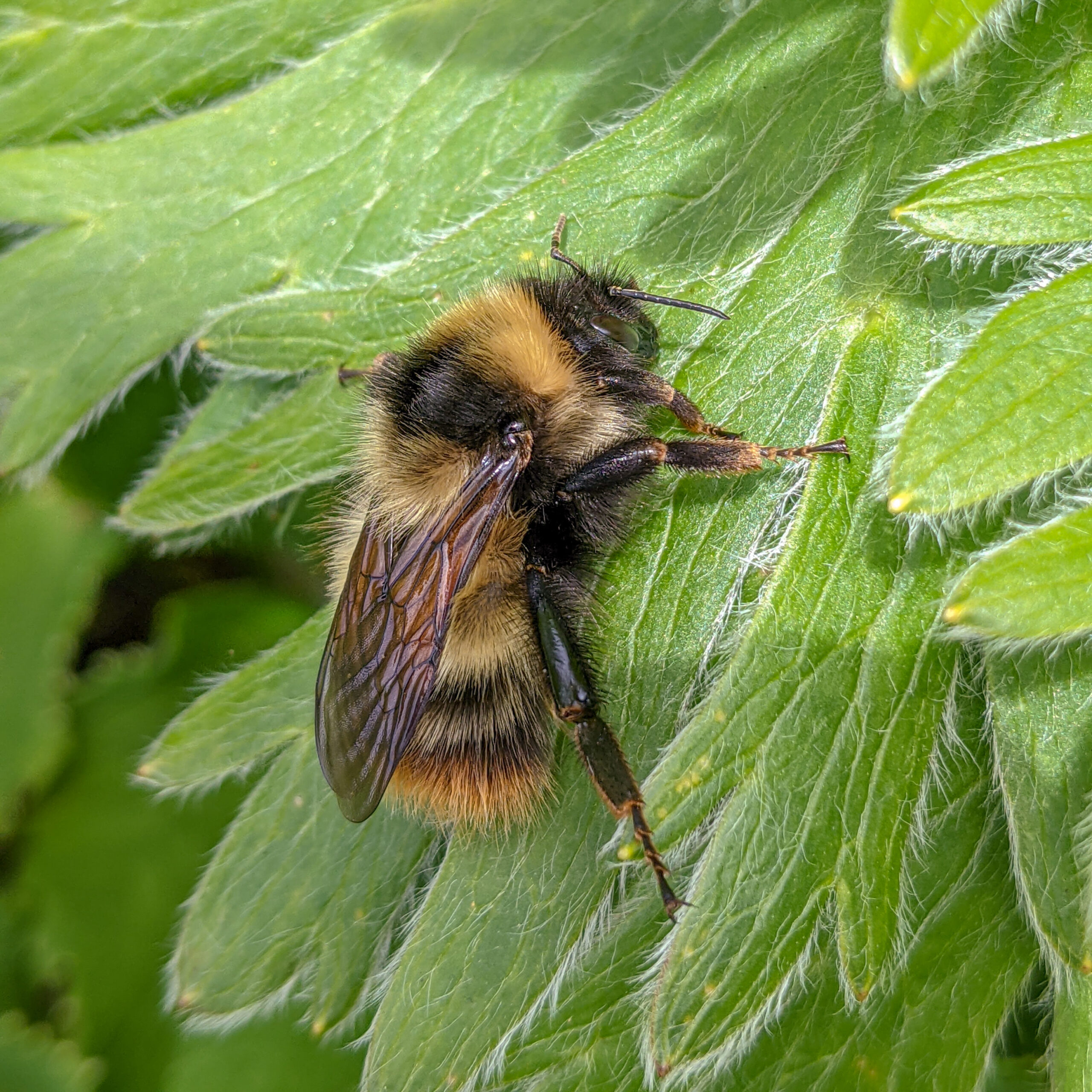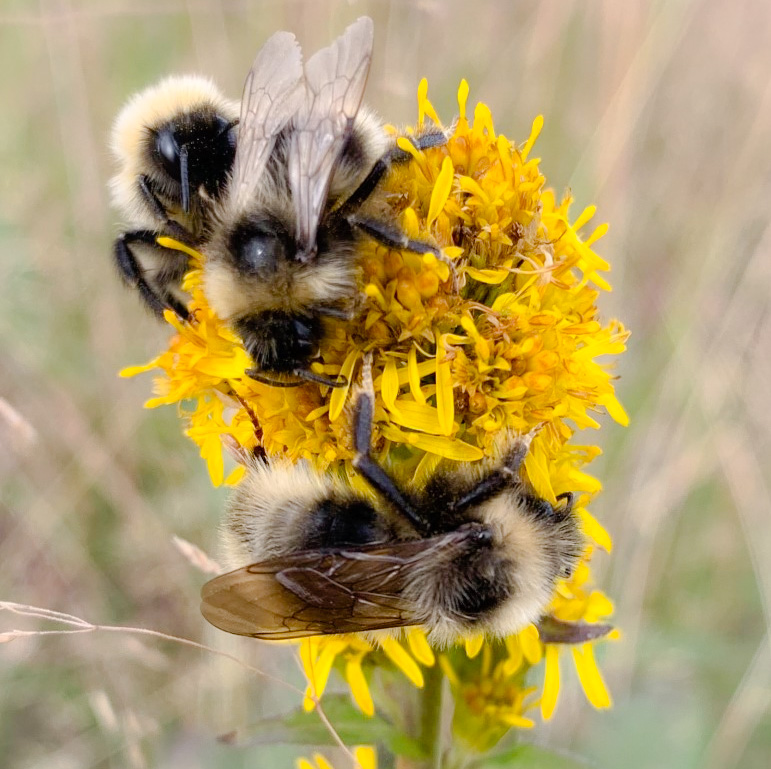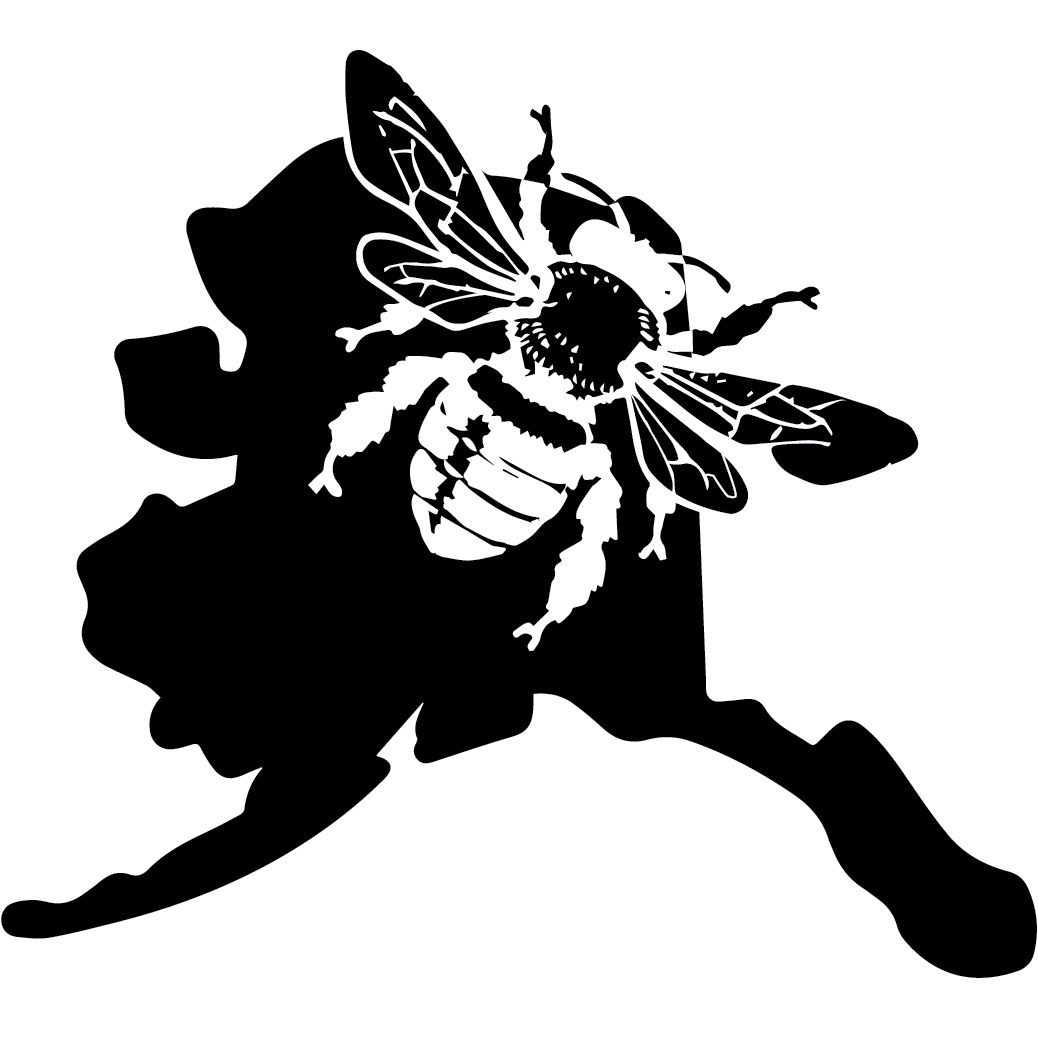A pollinator is an organism that collects pollen from flowers, either intentionally or accidentally, and spreads it to other flowers. In Alaska, a variety of animals pollinate plants, including bees, birds, flies, beetles, and butterflies. The Alaska Center for Conservation Science maintains conservation data on pollinators through conservation ranks, collects bee data through the Alaska Bee Atlas, and conducts various pollination ecology research.
Past Projects
Our research has focused on two themes, plant reproductive ecology in the Far North and the diversity and distribution of bees in Alaska.
Plant Reproductive Ecology Studies
Most of our research is focused on the interaction between pollinators and plants.
Bee Diversity and Abundance From the Seward Peninsula
We analyzed an insect collection from a plover diet study conducted by the USGS in the Seward Peninsula. Originally, the pitfall traps were used to collect insects and summarized by types of insects. We analyzed the bee specimens from the collection and discovered a new disjunct population of Bombus johanseni. We also documented pulses of the caste system with summer dates for several bumble bee species.
For more information see:
Carlson, M.L. and J.R. Fulkerson. 2023. Informing Evaluation Candidates for Endangered Species Act Listing: Bee Diversity and Abundance from USGS Pitfall Traps on the Seward Peninsula, Alaska. Alaska Center for Conservation Science, University of Alaska Anchorage. 19 pp. plus appendix
Steppe Bluff Study
We conducted a bee monitoring program in Interior Alaska from 2017–2019 (with support provided by our state partners at the Alaska Department of Fish and Game) focused on steppe bluff habitats. Steppe bluffs harbor a large diversity and abundance of solitary bees. Our inventory provided substantial data on the temporal habitat use of steppe bluffs by pollinators. We collected at least ten new species records for Alaska, identified the first male Osmia maritima in North America, and developed molecular support for potentially undescribed taxa. A manuscript is in preparation.
